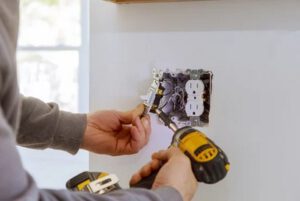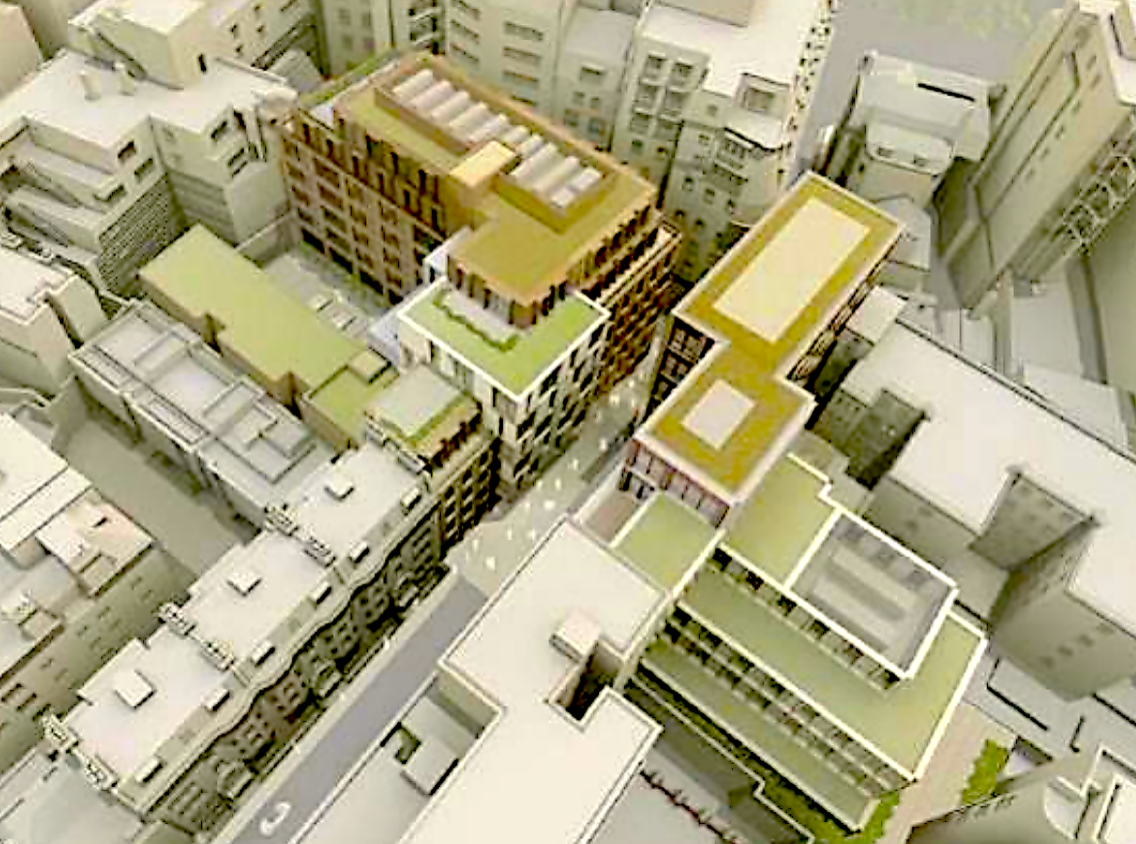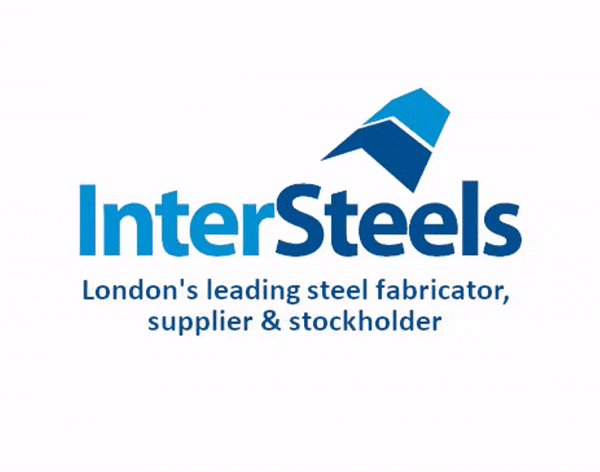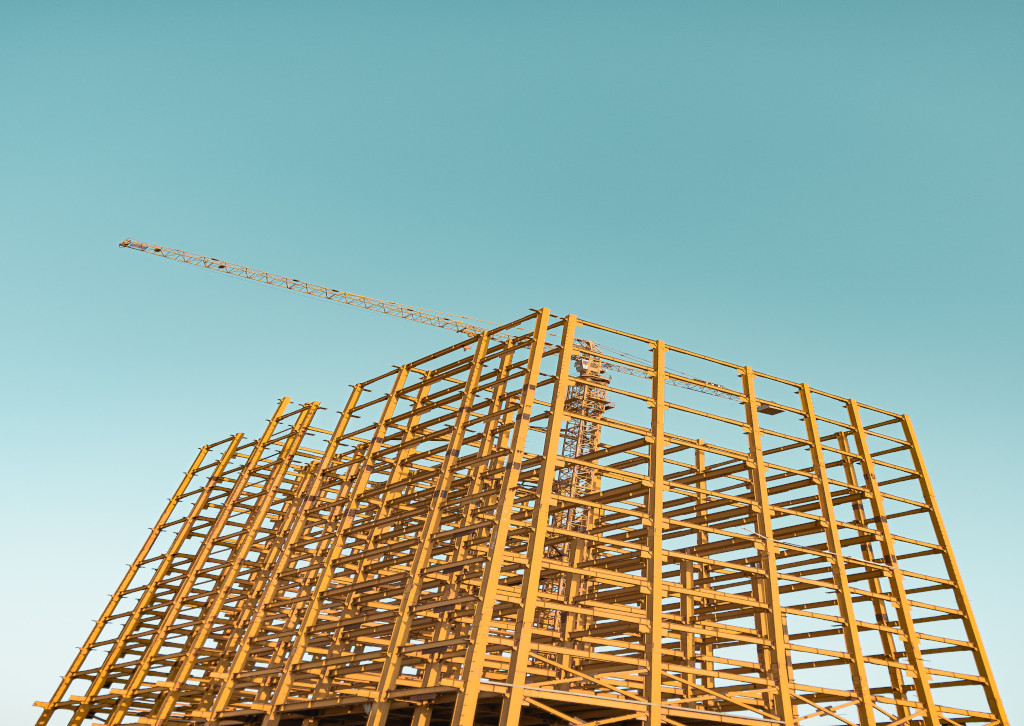The Dangers Associated With Electrical Repair
Electrical Repair and Maintenance is a growing industry. There are many ways to repair electrical wiring and connections. You will need to know some tools and safety precautions when handling these tools. Here is an overview of some of the most common electrician tools.
An all-in-one tool for all electrical repairs and maintenance is an Electrician’s Bench. This bench consists of a head and a foot that is designed to hold light switches, outlet trays and switches. The head has a long metal pole with several bendable wires that are the electrical services. The bench top is easy to clean; it is designed with two removable legs and a bench-top veneer. It can hold up to three light switch assemblies.
Another useful tool for electrical repairs is an Electrician’s wrench. It is similar to a socket wrench but instead of the wrenches having a bolt handle and a socket, they have a locking mechanism to secure the nut or screw. It has one or more adjustable wrenches with metal handles. This wrench is commonly used in and around plumbing. Electricians often use this tool for installing wires and water lines.
Another handy tool is a Circuit breaker panel. The panel is designed to protect against electricity overloads. It contains a circuit breaker, an input and output reset switch, a load protector and an automatic break off function. These breakers must be properly installed by trained electrical engineers.
The third most important electrical repair tool is an outlet interrupter. It prevents damage to electrical wiring by interrupting a circuit when there is a fault. It works by placing a dome on the open side of an electric connection, thus preventing the flow of current when a fault occurs. This dome stops the connection from further damage, allowing the connection to be used again.
One more useful electrical repair tool is a mister. A mister is used mainly in small electrical appliances that are difficult to access. For example, in a toaster, there is a special kind of mister that can safely loosen bolts without causing damage. Electrical mister sizes depend on the size and weight of the electrical equipment. They can either be static, which protects against electrical shock, or arc, which produces a discharge when it comes into contact with any surface. Some misters have a chemical insulation to prevent electrical shock when coming into contact with metal.
To make any electrical repair, you will need some equipment such as pliers, wire strippers, an electrician’s tape, soldering iron and an electronic multimeter. You will also need some tools such as a wrench, awl, pipe bender and drill. In some cases, you may need additional tools depending on the type of repair you want to carry out. For example, an electrician’s tape is helpful to repair electrical appliances. It is mostly used to repair broken or damaged wires.
It is a good idea to carry out small electrical repairs yourself, as you can do it in your spare time. However, if you carry out larger jobs for electrical systems, you should consider hiring a professional electrician. While you can learn basic plumbing and electrician skills from books and online tutorials, you will need to have more advanced skills in order to fix electrical systems. You can also take courses from electrical schools, or attend electrical related workshops.
The best way to find a reliable service provider is to ask your friends, relatives, colleagues and neighbors for recommendations. If none of these people can provide you with reliable service providers, you can try contacting a local electrical repair company. Most reputable electrical repair companies have their own websites which provide details about their services. You can easily find out whether the company you are contacting is a reputable one by checking their references and testimonials.
When it comes to electrical repairs, it is important to hire only a professional electrician. There are many persons who mistakenly believe that they can perform the repairs at home. Unfortunately, many persons do not have the knowledge and experience to identify the risks involved. Therefore, in order to avoid problems in the future, you should always make sure that the person who will be performing the repair is fully qualified and licensed. You should also ensure that the service provider you are considering has safety standards.
An example of a service provider that has poor safety standards is the person who performs sub panel voltage changes. While inexperienced persons may accidentally short the main panel or the sub panel’s wires, a professional electrician is qualified to handle this situation. After the sub panel’s wires are shorted, the main panel can experience damage as a result of excessive heat. You can prevent this by having a licensed electrician perform the sub panel voltage changes.
Ardmore starts £70m Mayfair mixed-use scheme
Ardmore has started a landmark mixed-use luxury redevelopment of a former NCP car park in Mayfair, west London.
The builder has mobilised on the Carrington Street site to build 30 super-prime homes, gym and restaurant, a 2,400 sq m art gallery and 5,000 sq m of office and commercial space.
Ardmore has started main works following the completion of a demolition and enabling works package by specialist McGee.

The redevelopment designed by AHMM includes two blocks of up to eight storeys, formed in both concrete and steel frames, linked by a three-storey basement, that required 30,000 cubic metres of bulk excavation.

The blocks will be clad in a variety of traditional materials including masonry, pre-cast stone and metal.

Patrick Byrne, Ardmore Managing Director, said: “We are excited to finally start works at the Carrington Street project that will set a new quality benchmark for Mayfair.
“Planning our delivery approach on such a challenging site has required us to bring all of our experience delivering major projects on logistically constrained sites in Westminster to develop an efficient approach to delivery that minimises disruption to local residents.”


Did you miss our previous article…
https://www.arizonasolarsociety.com/?p=681
Quarterly U.S. Put-in-Place Forecast Report, Fall 2021

Two of the major themes that will be governing U.S. construction activity as the coronavirus-caused downturn recedes into legend will be electrification and decarbonization. In most ways, they are two sides of the same coin, with the former seen by many in public governance, with environmental think tanks, and even among the general populace, as the best way to achieve the latter.
![]()
Did you miss our previous article…
https://www.arizonasolarsociety.com/?p=677
Digital Builder Ep. 19: 3 Takeaways on Augmented Reality (AR) and Virtual Reality (VR) in Construction

Augmented reality (AR) and virtual reality (VR) aren’t just buzzwords, and these tools are no longer reserved for construction technologists like BIM and VDC managers. These technologies have come a long way in just a few short years and these days, they have practical use cases that owners and builders alike can benefit from at every stage of the project lifecycle.
Angel Say, CEO and Co-Founder of Resolve, and Dr. Mani Golparvar-Fard, CTO and Co-Founder of Reconstruct Inc., join the podcast to explain what’s possible with AR and VR in construction. They also bust some myths and share practical tips on implementing AR and VR.
Specifically, we covered:
- How AR and VR have evolved over the last few years
- Where these tools fit in the project lifecycle
- Getting started with AR and VR yourself
- Potential advances in the technology we may see in the near future
“It’s actually some of the less technical end users who stand to benefit the most from VR and AR.” —Angel Say
New Episodes Every Two Weeks
Digital Builder is hosted by me, Eric Thomas. Remember, new episodes of Digital Builder go live every two weeks. You can hear more episodes like this one by subscribing to Digital Builder on Apple Podcasts, Spotify, Stitcher, Google Podcasts, or wherever you listen to podcasts.
You can also subscribe to our email list with the form below so you’re the first to hear when new episodes are released:
Thank you. We’ll email you the link to the podcast once it’s live.
The difference between AR and VR
Before diving into the episodes’ key takeaways, it’s worth exploring how Angel and Mani view AR and VR, particularly when used in construction.
“When I think about these two technologies and what they represent, it really boils down to bits and atoms. Bits meaning those ones and zeros in computers, and then atoms being the building blocks of the physical world,” says Angel.
According to him, virtual reality (VR) is “all about full immersion.” You wear a device on your head, which then uses sensors and a computer to hijack your senses and make you believe you’re somewhere else. “It gives you these superpowers,” adds Angel. “I could put on a headset and teleport from my home office to an unbuilt building.”
On the other hand, augmented reality (AR) is all about “augmenting the world around you, meaning you’re taking bits and you’re overlaying them on the atoms in front of you,” says Angel.
“And so that could be metadata about pipes that you’re looking at or it could be, ‘Hey, I want to bring a piece of equipment into my home office so that when I get to the site I know what I’m dealing with.’”
Mani weighs in, saying that AR in particular has evolved quite a bit over the past five years.
“In the earlier days, it was all about augmenting someone’s view live. But for all kinds of practical reasons, we realized that you can also augment any form of reality capture data. If you have access to a static image from a cell phone device or if you have access to videos that are being provided from job sites and you’re augmenting that with planning information, that’s a form factor of AR.”
3 Takeaways on Augmented Reality (AR) and Virtual Reality (VR) in Construction
After discussing the fundamentals of AR and VR, Angel and Mani shared their thoughts on the myths surrounding the two technologies, as well as how they can be applied in construction. They also discussed the steps an organization can take to implement AR and VR.
Here are the key takeaways from the conversation.
1. AR and VR are more affordable and accessible than you think
Angel and Mani had a lot to say when asked about the common myths and misconceptions about augmented and virtual reality.
For starters, they dispelled the Hollywood depiction of AR, which usually involves people swiping virtual elements in the air.
“There’s a misconception that you would be able to visualize all kinds of information at the right point in time,” shares Mani. But this isn’t the case, as AR involves processing a lot of details, hosting information on the device, and filtering data.
Angel adds, “People always talk about Minority Report as the quintessential example of augmented reality. It’s like swiping through things in the air. We’re quite a ways away from that. It looks a little different today.”
There’s also the view that AR and VR are tools that would only benefit folks working in virtual design and construction. However, this is far from the truth.
“One common misconception that’s more industry-specific is that VR and AR are going to help BIM and VDC teams the most, and I think it’s quite the opposite. Because BIM and VDC teams spend so much time in 3D tools like Revit or Navisworks, they’re pretty good at what they do. They’re really good with 3D controls, and it’s actually some of the less technical end users who stand to benefit the most from VR and AR,” remarks Angel.
Another myth worth busting? AR and VR are expensive. That may have been the case several years ago, but these technologies have become more accessible and far less expensive over time.
As Angel points out, “Now you have VR headsets that are under $500, which is the cost of a tablet. Anybody can unbox it and jump into a virtual environment on their own with minimal help. And that starts to really democratize the use of the technology.”
2. Why AR and VR are a big deal in construction
AR and VR have practical applications that would benefit every stage of a project, from preconstruction all the way to handover and even building operations.
“All of these technologies — AR, VR, AI — are really augmenting people’s workflows. This is especially true in construction because the industry has already moved towards having so much rich data in BIM, which they’re using to coordinate and produce drawings. It’s so much rich data that we can feed into these technologies to help people be more productive,” explains Angel.
On the owner’s side, a key benefit of using AR and VR is they help mitigate the loss of information when a project is being brought to life.
AR and VR “provide the opportunity for the owner to see the end product with a level of detail that matters to them,” explains Mani.
He states, “if we can provide the owner with an opportunity to verify the work by contrasting the scope of the work that was promised from that VR model versus the reality that they’re looking at, we have yet another opportunity to make sure owners are benefiting from it.”
These technologies can also play an important role in helping owners maintain and operate their buildings.
According to Angel, “We hear from a lot of owners that BIM assets end up on hard drives and they don’t get touched until maybe you need to hand them off to a new engineer contractor working on a retrofit. But there’s so much value that you can be tapping into [with AR and VR] even after construction.”
Angel adds that most of the teams running buildings and facilities won’t get a lot of value from BIM assets since these folks don’t specialize in Revit and Navisworks. This is where VR comes into play, as it allows users to view the information in a way that they can understand and engage with.
“With VR, you put on a headset and you can walk through a BIM file. Operators can then start to leverage that asset for procedure simulations, onboarding of the employees — and in the world of remote work — making sure people know what a site looks like before they visit. And so you really start to multiply the ROI of BIM beyond the construction lifecycle,” says Angel.
3. How to getting started with AR and VR
Mani and Angel offered some of their top advice from organizations that want to get started with AR and VR. If you’re looking to implement these technologies in your projects, keep the following steps in mind.
1 – Determine the exact problem you’re trying to solve
Before investing in AR and VR, make sure you know your objectives and understand your end users. By getting clear on what you want to achieve, you’ll be able to figure out the role of technologies in your projects.
2 – Assess whether you have the right type of data to tackle the problem you’re trying to solve
In order for AR and VR to work, your data needs to be able to support these technologies.
That’s why Mani recommends conducting a self-assessment “in terms of how mature your data is” to be able to support AR and VR capabilities. “Depending on what problem you want to solve, you need to make sure your files are at a certain rate of maturity per model discipline, which is really hard to see even these days,” he adds.
3 – Set your KPIs
You need to measure the success of your AR and VR initiatives, so think about the KPIs you need to hit.
Aside from metrics that tell you whether a project is completed on time and within budget, Mani says you also need to design KPIs that measure the impact that AR and VR have on the personas using the technologies.
“Make sure you understand how many personas are being touched by that product and data,” he says.
4 – Acquire the right technology
The next step is to get the devices needed to power AR and VR.
Virtual reality, in particular, requires an investment in headsets, and Angel recommends providing a headset to every stakeholder who needs it, instead of having everyone share just one or two devices.
“It’s a lot more empowering if you can buy a headset and assign it to someone even if it’s just for the length of the project. That way, when they have 20 or 30 minutes to review the model, they can jump in and do it as opposed to having to go and check it out from the IT or the BIM or VDC team,” says Angel.
In addition to headsets, you should also ensure that you have tools that will enable you to leverage your BIM assets and other project data. A common data environment (CDE) like BIM 360 or Autodesk Build can make this process easier.
5 – Run a test pilot
When you have the plans, KPIs, and tools in place, it’s time to put them to the test. Mani recommends going through an experimentation phase that involves using AR and VR in a given project and measuring the results.
You could even work with the AR/VR vendors in designing a pilot. “Engage your team so they would help you measure performance against those KPIs,” says Mani.
6 – Develop a case study
Be sure to document everything that transpired during the testing phase and take note of the results. Use the information you’ve collected to create a case study for your company.
“Once you have that case of study formulated, you can start sharing that and use that as an internal sales tool in your organization, to bring everyone up to speed,” says Mani
When implemented correctly, this case study can increase trust in the new technology and drive adoption.
Listen to the Full Podcast Episode
Hopefully, the takeaways above help you better understand AR and VR and inspire you to utilize them in your projects. And if you need more info on augmented and virtual reality, listen to the full episode of Digital Builder on the following platforms:
- Apple Podcasts
- Spotify
- Stitcher
- Google Podcasts
- or wherever you listen to podcasts.
The post Digital Builder Ep. 19: 3 Takeaways on Augmented Reality (AR) and Virtual Reality (VR) in Construction appeared first on Digital Builder.